How To Set Up a Home Theater in an Apartment or Rental
It’s been a while since I lived in an apartment or townhouse with shared walls. I wasn’t always the best neighbor and “might” have gotten noise complaints from overly loud bass. I also remember the limitations of rented spaces. Space was at a premium. I couldn’t poke holes in walls to run wires or cut holes in ceilings for speakers. I couldn’t paint or knock down walls (stupid rules). However, I know I am not alone because I am frequently asked how to set up a home theater in an apartment or rental by friends. Spoiler alert, it’s not nearly as hard as you think. Let’s discuss.
Problem One – Tight Spaces
Apartments can be small. I know this because I lived in a series of small apartments. However, I was always able to get a home theater in there. How? I made compromises.
Solution – 2.0 System
I didn’t have space for a 5.1 system in my first bachelor pad, but I had good stereo sound! I don’t care how good your TV speakers claim to be, a pair of speakers will do wonders for your TV/movie watching. Plus, you can claim to be an audiophile and tell everyone that 2.0 is where it’s at.
If space is the concern, and you don’t have the space for an AV receiver, get some powered speakers. The Fluance Ai81 tower speakers have inputs for optical, RCA, and Bluetooth. I have yet to find a modern(ish) TV they didn’t work with.
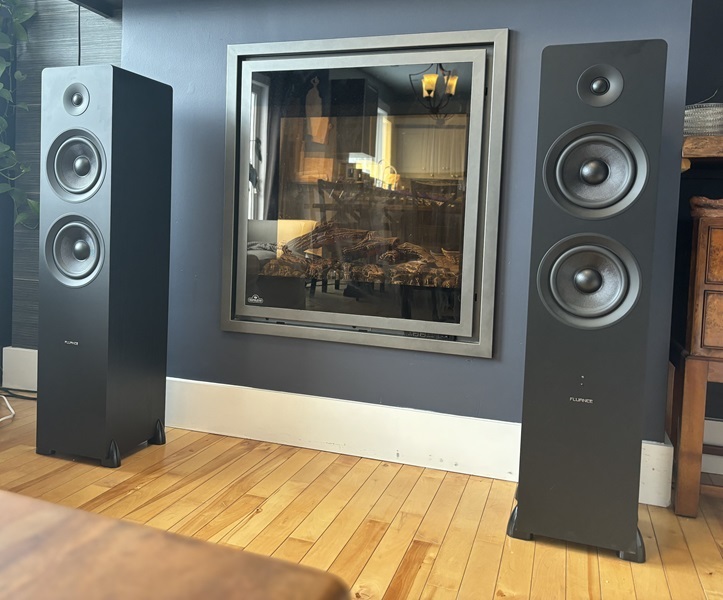
I know I typically recommend bookshelf over tower speakers. However, this would be the one exception. If you are not adding a subwoofer, a set of tower speakers will give you a better frequency range for music and movies.
Solution – 2.1 or 3.1 Systems
Like the 2.0 system above, these configurations eschew the 5.1 surround setup in favour of a 2.1 or 3.1 system. The upside is that you get a fantastic front sound stage for your movies and music AND a subwoofer. The downside is the loss of surround sound.
Again, if you don’t have the space for a center speaker, don’t sweat it! Phantom center speakers work great, provided you set up your stereo speakers well. If you don’t have space for an AV receiver? Many powered speakers have outputs for powered subwoofers. We live in a golden age right now!
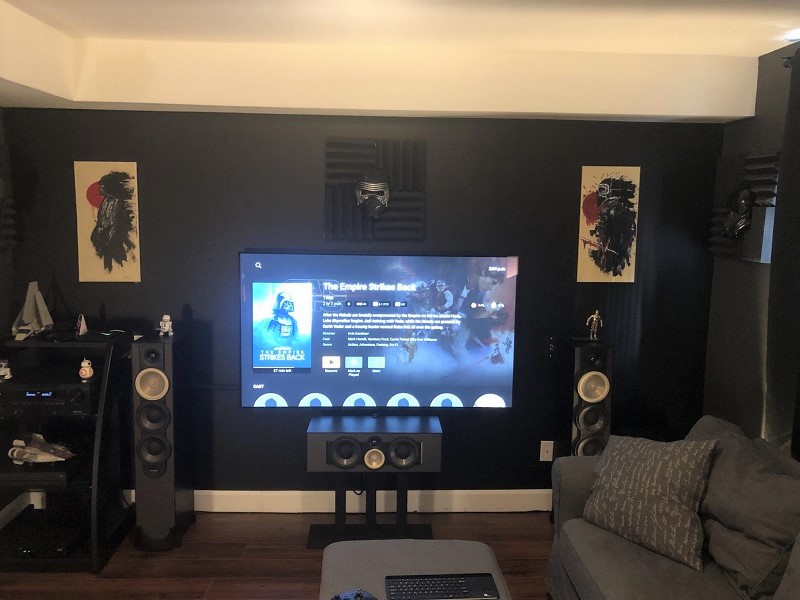
As far as losing surround sound, that’s a bit misleading. When you don’t have surround speakers, the sounds don’t just disappear. Your AV receiver can use some clever DSP and bounce those sounds to virtual speakers (using phase control and other tricks), mimicking surround speakers. AV receivers have done this for years, so it’s not witchcraft! These are just a couple of suggestions on how to set up a home theater in an apartment or rental.
Problem Two – Can’t Damage Walls Or Ceilings
Confession time, I was a bad tenant. I put holes in my walls to run wires. However, I am very good with drywall and painting, and my landlords always got the spaces back repaired and painted with zero signs of damage. I’m not advocating you do that, but…
If you absolutely cannot put holes in walls to run wires for surround/Atmos speakers, don’t despair. There are options!
Solution One – “Wireless” Surrounds
Many folks don’t want to poke holes in their walls to hide wires to surround speakers, so this is not a new solution. “Wireless” surrounds are not wireless, they are “lesswire”. There are no massive wire runs, and placement is more manageable. I wrote an article (here) that details some solutions, but it requires some extra hardware.
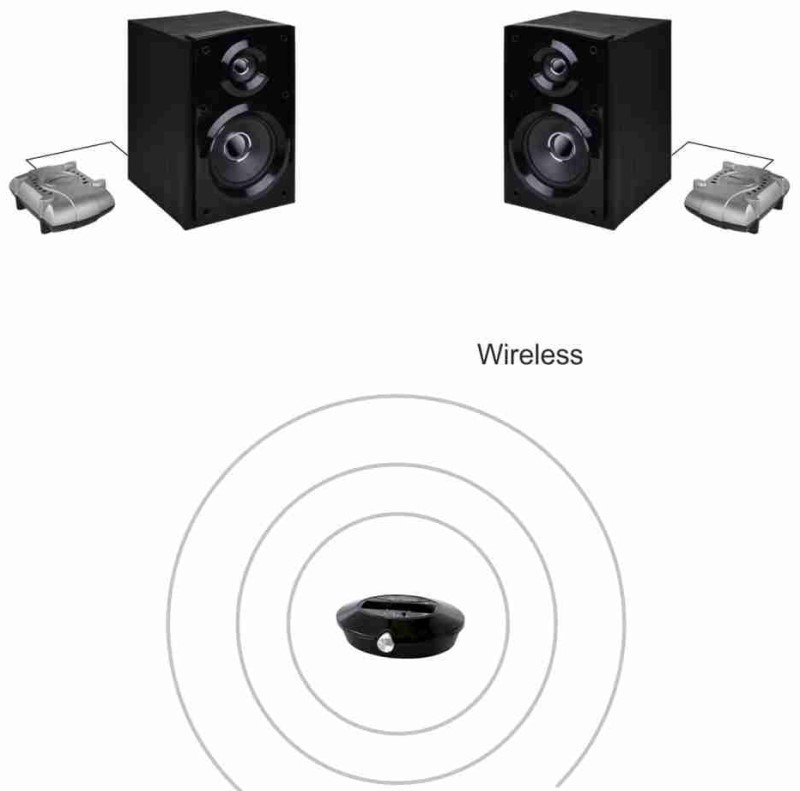
The other solution is to get a Yamaha AV receiver that utilizes their MusicCast system. These are proprietary to Yamaha, but you forgo the need for an extra transmitter between your AV receiver and wireless surround speakers.
Solution Two – Upfiring Atmos
Like wireless surround speakers, Upfiring Atmos has been around for a while. The TL: DR version is that the angled modules sit atop your speakers and bounce sound from your ceiling to your seated position, thus giving you overhead sounds. Is it perfect? No, but if you have it set up well, and you have the right ceiling height, it’s decent.
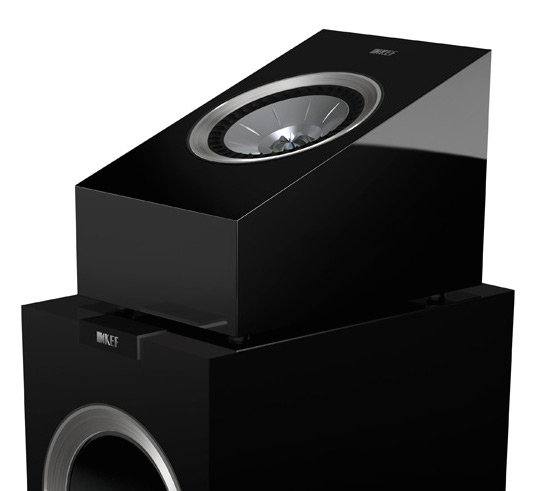
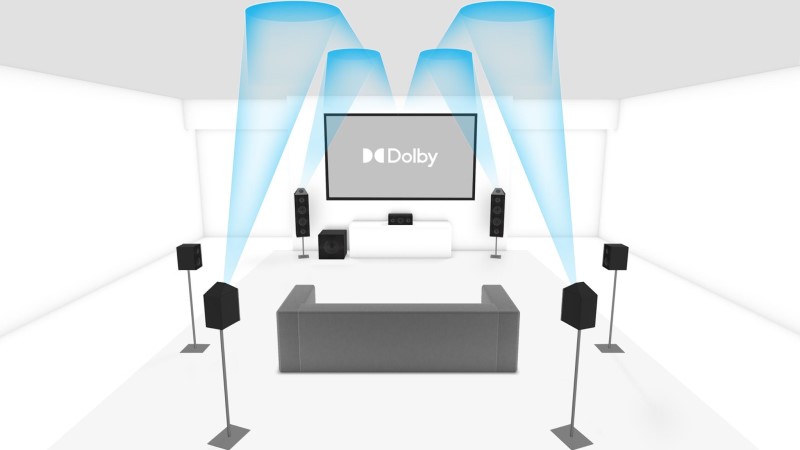
The good news is that unless the upfiring modules are built into your speakers, you can repurpose them later.
Solution Three – Hide The Wires!
We know you can’t run wires in the walls, but you don’t want them everywhere. What to do? Hide ’em!
The first thing that comes to mind is cable racetracks. These can be adhered to almost any surface with two-way tape, are paintable, and can hold speaker and HDMI cables with ease. I have HDMI and ethernet cable in one, painted the same color as my back wall, and you can barely notice it.
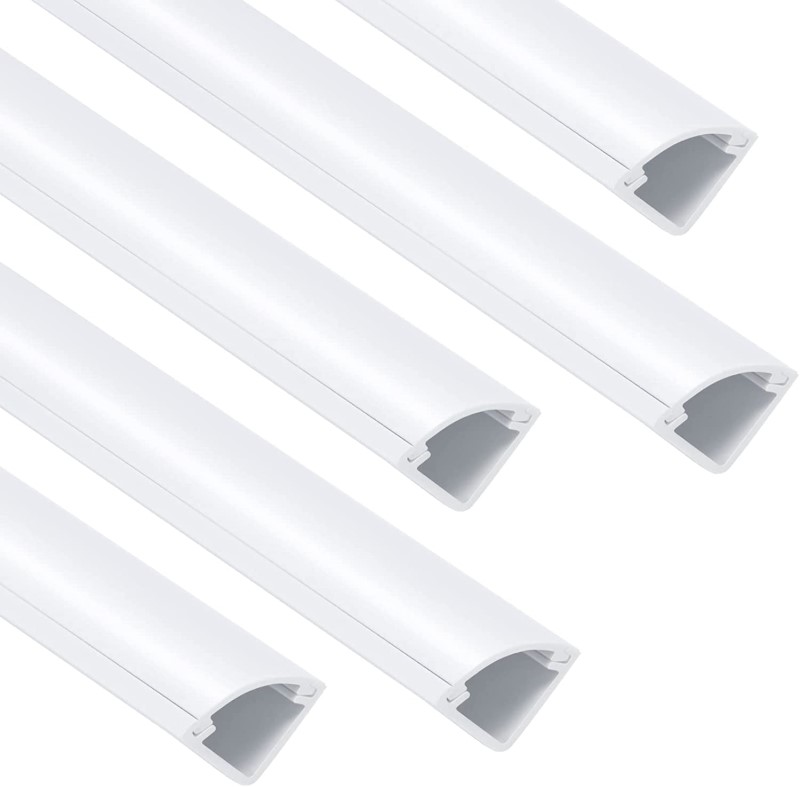
The second option is to hide wires under baseboards or rugs. Flat speaker wire can be run on top or under baseboards. We had carpet in our first apartment and I tucked the wire under the baseboard because the carpet had some give. Add some cable racetracks at the wall and the wires are managed and mostly out of sight.
The best part is the minimal paint damage when removing the two-way tape. A little bit of Goo-Gone and the adhesive is outta there!
Solution Three – On Ceiling/Wall Atmos
Firstly, this solution will need you to use anchors and screws in your wall and ceiling to mount speakers securely. The good news is that this will cause minimal damage and is easily fixable. Is this a compromise to in-ceiling speakers? I don’t think so. My system has used both on-ceiling and in-ceiling Atmos, and I don’t prefer one to the other sound-wise. Aesthetically, I like the cleaner look of the in-ceiling install!
Problem Three – Loud Bass
The downside of subwoofers is loud bass! Oh, and if you share walls with others, bad blood. What do you do if you are in this predicament? Living in an apartment or rental doesn’t mean you can’t set up a subwoofer in your home theater. You just have to be careful!
Solution One – 2.0, Baby!
I won’t go over this again, but a 2.0 system has the benefit of no subwoofer (duh)! It’s not perfect, but you don’t want to be a jerk like me and get noise complaints.
Plus, if you run your tower speakers full range, you will get more than enough bass for music and movies. No, you won’t hit 20Hz, but you won’t be hated. Win-win!
Solution Two – Decouple Your Sub
Most complaints from subwoofers are not the bass coming out of them. It’s the walls and ceilings that rattle and make things fall off the walls. My wife loves the bass when she is in the room with me. She hates it when she is upstairs and I rattle the wine glasses with the vibrations from the floor!
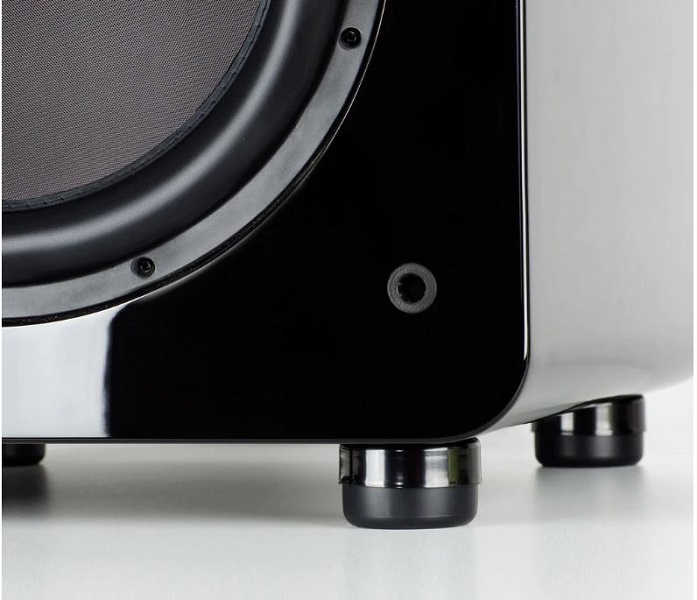
The solution? Decouple the subwoofer from your floors. I won’t get into the how of this, I linked the article. But decoupling a subwoofer mechanically separates your subwoofer from the floor and will help to stop surrounding structures from vibrating. This is not a magic bullet by any means. A good subwoofer can rattle nearby walls. You still might have to turn it down or use other methods to reduce the bass. The same advice applies for your tower speakers. You absolutely want to decouple them and reduce and unwanted vibrations.
Solution Three – Tactile Transducers
Want the impact of bass without the subwoofer? A tactile transducer might be the solution. Like most of our solutions, tactile transducers are not a new technology. It’s in everything from our phones, gamepads, and commercial theaters. Whether it’s called tactile transducers, haptic feedback, or Bass Shakers, it’s the same technology.
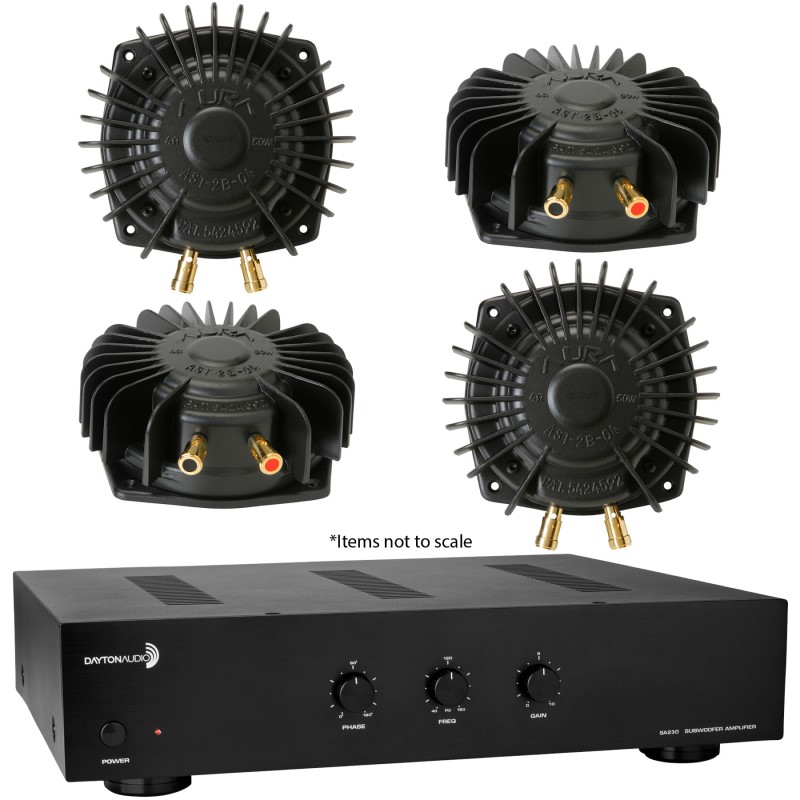
The upside of the tech is that it’s an easy way to get the feeling of low bass without the subwoofer. The downside is that installation can be difficult, and dialing them in can be tricky.
There are many options, from units that bolt to the underside of your sofa. Others are placed under the legs of your sofa, sending vibrations through the frame.
Problem Four – Weirdly Shaped Rooms/Sound Issues
I have lived in apartments with many small rooms, and others that were open-concept. I didn’t have the option to tear down stuff to make a perfect room. What can you do? Lots.
Solution One – Room Treatments
Before you throw in the towel and suffer with reflections, treat your room! It’s not hard, and I have a full tutorial on DIY panels. They are easy to make, and $200 will get you about eight panels.
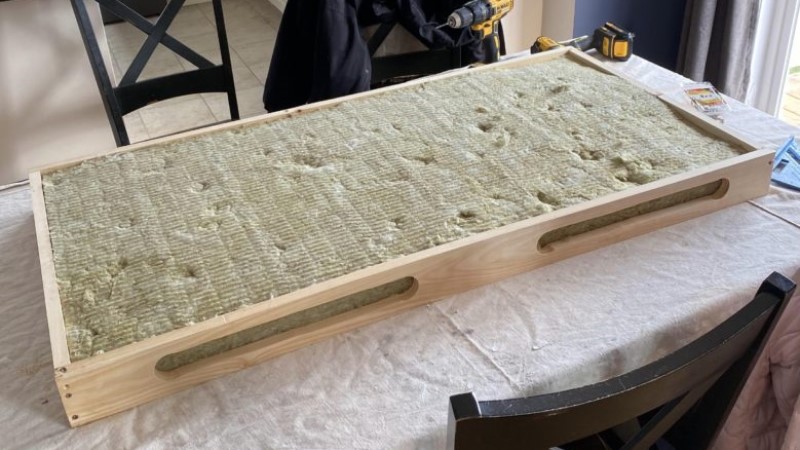
Hanging panels is the same as hanging pictures. Your local Home Depot will have an entire section dedicated to picture-hanging hardware. I went with a french cleat, but that is overkill. I have other panels that I secured with 3M Command Strips, and they are still up. We have options folks, some of which are very easy to use and won’t damage walls.
Oh and get a rug! Not only will you look like you have style, but it helps with reflections if you have laminate or tile floors!
Solution Two – Room Correction
My first AV receiver (’90s Kenwood) allowed me to play pink noise and adjust my trim with a calibrated earball! My new Onkyo TX-NR7100 has Dirac Live and takes a billion (ok, 17) measurements. While the first receiver allowed me to level-match all my speakers, my Onkyo does that and adds EQ to deal with problems.

However, Dirac, Audyssey, YPAO or whatever room correction software you use is not the end-all-be-all. Proper speaker placement and acoustic treatments should be the first step. Room correction is the icing on the cake!
Problem Four – Paint
The last problem that we run up against is the inability to paint our walls. I have my rear wall painted black, and my side walls a dark grey. I know that if I ever sell my house, they need to be repainted for staging. Home theater nerds are not exactly known for their decorating skills. I doubt that your landlord would allow you to paint your walls, but there are some alternatives.
Solution – Fabric
Fabric can be inexpensive, and you can throw it up easily. Plus you can use any color you want and it’s re-useable. Hanging it can be as simple as using some tacks, or you could make some sort of fancy framing to hold it.
If you want to be super fancy you can even build a false wall and hide all your gear. That can be done with a 2×4 frame, some fabric, and insulation. A false wall doesn’t have to be a permanent installation. It can be friction-fit.
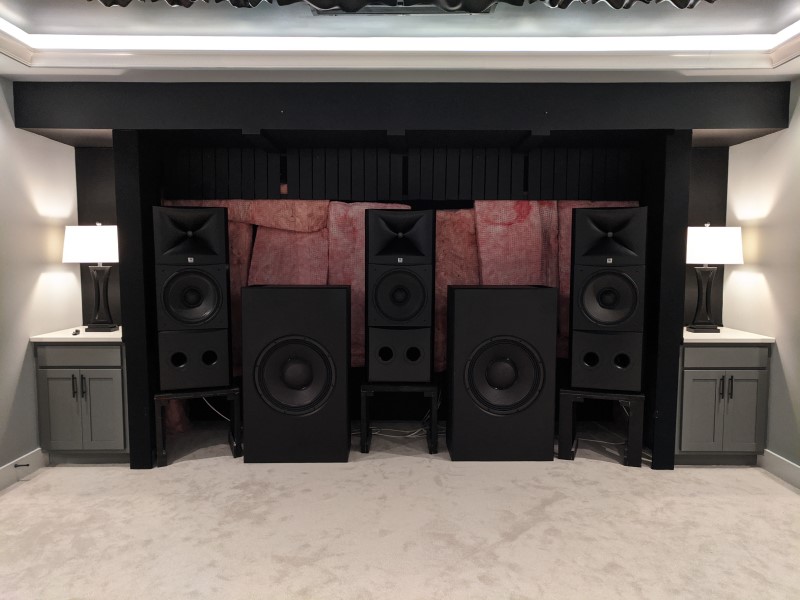
Our Take
When I am asked how to set up a home theater in an apartment or rental, I am armed with lots of suggestions. Many, are low to no cost and can move from rental to rental. The key is to figure out what you want, the limitations of your space, and what compromises you are willing to make!


